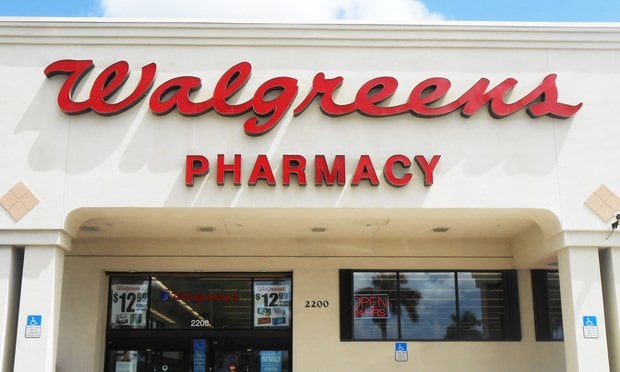It's not to get high; it's to battle chronic pain. Nevertheless, their opioid use is still killing them
That's what a Huffington Post report says about the growing demographic of boomers using—and abusing—opioids, and adds that many in the "sandwich generation" are finding themselves trying to help their elderly parents battle an addiction that truly is killing many of them.
In 2015, according to data from the Henry J. Kaiser Family Foundation, nearly 6,300 people over 55 succumbed to opioid addiction out of more than 33,000 deaths across the country from the same cause. But those older people weren't chasing highs, although that's the stereotypical cause of death by drugs. Instead, they were chasing relief.
Recommended For You
Older people become dependent on painkillers for a range of reasons that can vary from an opioid prescription for pain management in the wake of major surgery to a long-term prescription.
But the need to dull pain that never goes away is leading to the emergence of substance use disorder as an "emerging public health issue" among older adults, according to the Substance Abuse and Mental Health Services Administration (SAMHSA), with more than 1 million falling to a substance abuse disorder in 2014.
And that number is on the rise, thanks to the opioid epidemic. The report cites data estimates by The New York Times that put the number of 2016 opioid-overdose deaths at more than 59,000.
With older people already fighting other health issues, including Alzheimer's disease and other dementias, it can be hard for the people in their lives to readily identify an addiction among other symptoms or even the side effects of other medications.
And denial of a problem is common among older people, who can be desperate to manage pain or simply don't want to admit there's a problem.
"They're hurting, and for the most part they're staying on a prescription for legitimate reasons, so it's harder for family members to identify an opioid use disorder in this age group," Dr. Kimberly Johnson, director for the Center for Substance Abuse Treatment at SAMHSA, is quoted saying in the report.
However, lest those older people end up another statistic in the opioid epidemic, family members need to watch for signs such as a preoccupation with medications, prescriptions that seem to run out too quickly and even a parent or relative seeming unusually sedated—which is a side effect of opioids.
"Are they not able to think clearly? Do they seem sleepy and slow? Are they not following conversations?" Johnson is quoted saying, adding, "You might see frequent falls, or their driving could be erratic. They're hitting the garage door or getting into more fender benders."
One thing relatives should not do is stage an intervention, according to Dr. Mark Willenbring, founder and chief executive officer of the Alltyr Clinic in St. Paul, Minnesota, which specializes in treating addiction disorders.
Willenbring, a former director of treatment and recovery research at the National Institute for Alcohol Abuse and Alcoholism, is quoted saying, "It's extremely traumatic and often results in schisms in the family and usually doesn't work. It's so awful," adding, "You don't want to have a fight. The more you can deliver the message in a loving, neutral way, the more likely they are to hear it."
He reminds family members, "They don't think they can live without these medications, and they're terrified inside. Their main problem is that they wanted relief from pain. They weren't trying to get high."
Repeated broaching of the subject, perhaps monthly, is a more gentle way of trying to get an elderly relative to admit to a problem and seek help. If that fails, however, a relative can go to the doctor with the patient, or go directly to the doctor alone.
Another important part of the puzzle can be to have the patient's partner or spouse—or caregiver—keep a dose of the overdose medication naloxone (Narcan) accessible, so that if the worst happens it can be given to reverse an opioid overdose.
And before considering sending the patient off to a pricey rehab facility—perhaps far away from family and friends—do some research on the help available locally. Care rendered within a local support system can beat treatment at a distant facility.
One of the most essential factors in responding to the problem, according to Emily Feinstein, director of health law and policy at the National Center on Addiction and Substance Abuse, a nonprofit research organization, is that the problem be treated as a medical condition and not a moral failing. "We're trying to move past the stigma and approach this as a health conversation," Feinstein says in the report.
© 2025 ALM Global, LLC, All Rights Reserved. Request academic re-use from www.copyright.com. All other uses, submit a request to [email protected]. For more information visit Asset & Logo Licensing.







